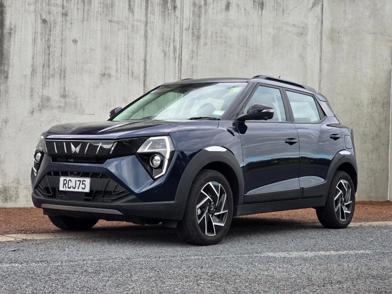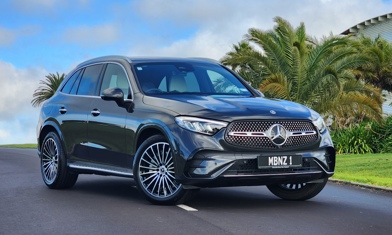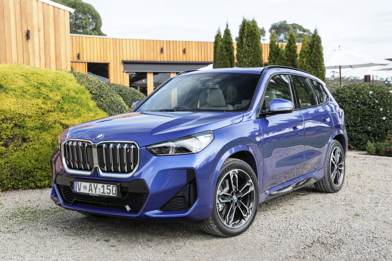It’s been a quick journey for the Leapmotor C10 (see how we completely avoided using a silly “leap” pun here) from the international launch in Milan to New Zealand roads: less than two months.
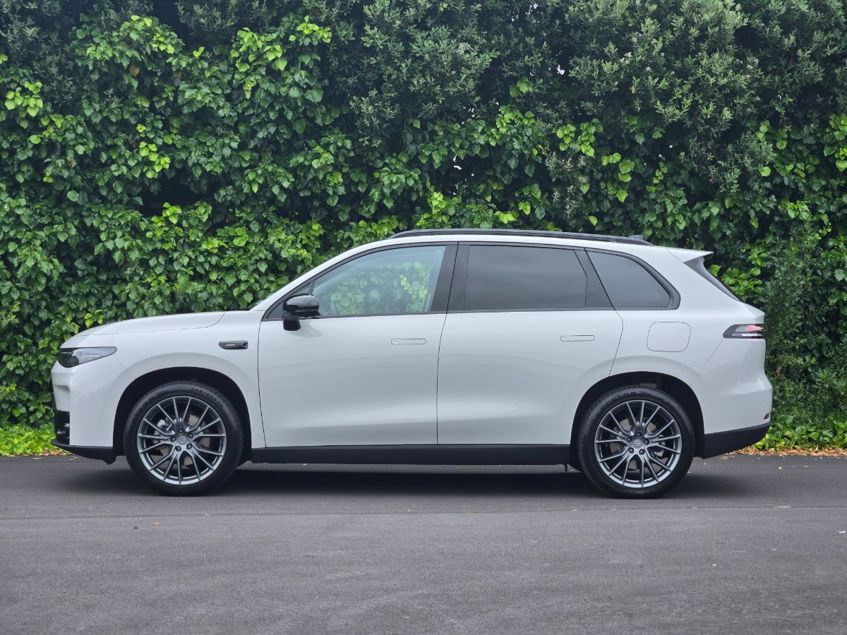
LEAPMOTOR C10 DESIGN: Powertrain 69.9kWh LFP battery with single electric motor, single-speed transmission, RWD Output 160kW/320Nm Efficiency: 420km (WLTP), maximum charge rate 84kW Size: Length 4739mm, weight 1995kg Price: $54,990.
The C10 is Leapmotor’s first export model and the basis of its new international joint-venture with global carmaking giant Stellantis; if you want to know more about the background of all that and the car’s design, click here.
Following our drive in Italy, the next order of business has been to tackle Kiwi roads in the C10 Design. This isn’t a full “review”, because these are pre-production cars provided for preview drives and are lacking some equipment (the remote phone app/Bluetooth key, for example) and important updates to driver-assist systems.
The C10 doesn’t officially go on sale until next year, initially through three “Armstrong’s Leap” dealerships in Auckland, Lower Hutt and Christchurch. Armstrong’s also distributes some of Leap’s stepsister Stellantis brands, including Peugeot and Citroen.
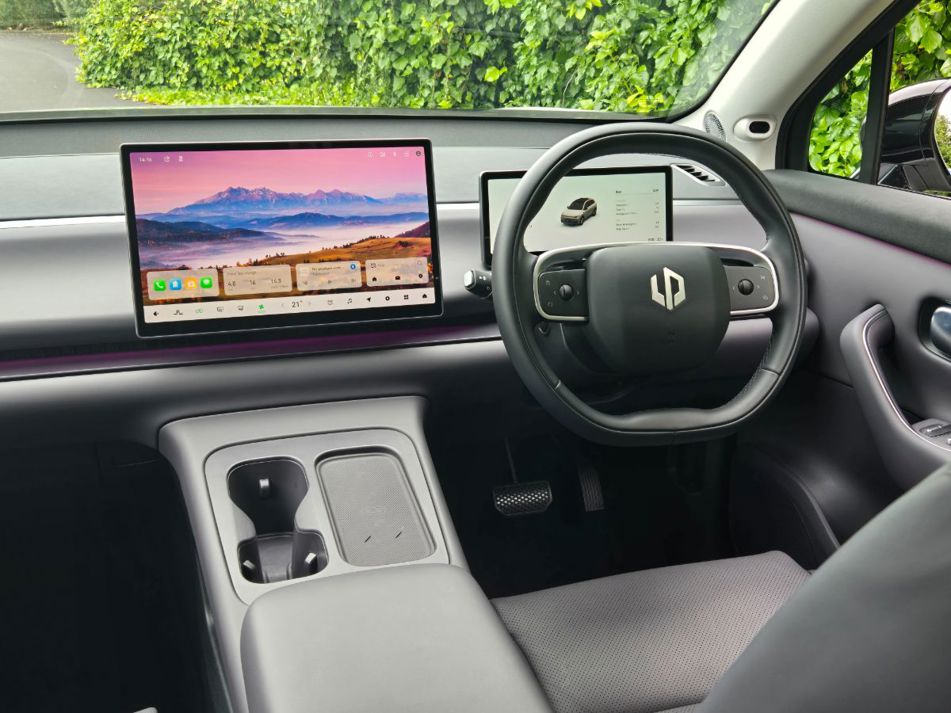
After a week on local roads, our initial impressions remain. This is a lot of high-tech family SUV for $54,990: it’s a 5-seater, but on the very large side of medium (150mm longer than a Toyota RAV4, for example) and providing luxury-car levels of passenger space in the rear. There’s an even larger version, the C16, which has 7 seats, and that’s under consideration for the future.
It's been a quick journey for the C10 from Europe to right-hand drive on New Zealand roads: less than two months.
The luxury-car vibe extends to the equipment levels. The single C10 specification offered here boasts some very nice 20-inch Porsche-like alloys to go with the Porsche-like exterior detailing (it does look really good, though), LED lights front and rear, an enormous fixed glass roof with automatic sunshade, power/heated front seats, huge 10.25in and 14.6in dual displays, 12-speaker surround-sound system, silicone upholstery that’s certified by independent international “leather ecology” brand Oeko-Tex as sustainable and sensitive-skin-friendly, 256-colour ambient lighting… you get the idea. It has everything.
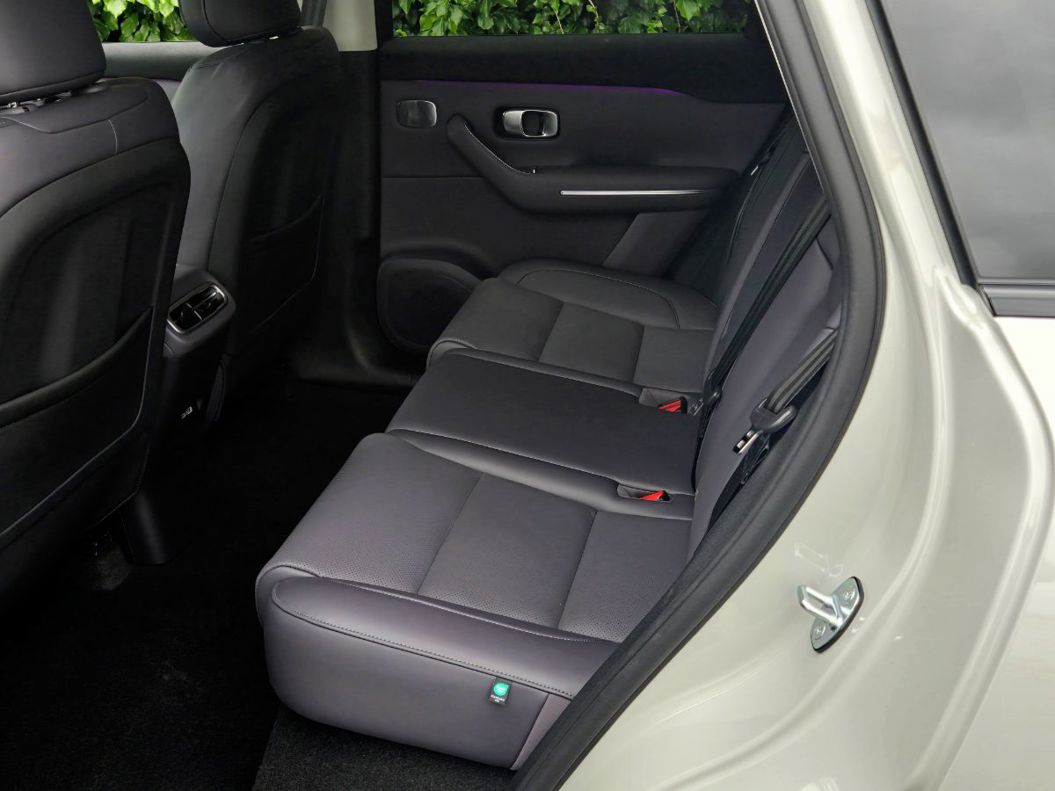
Well, everything apart from phone projection. As previously reported, this was, um, basically forgotten by Leapmotor in China, but it’s on the way for the C10 next year. Whether our first cars will have it, or the distributor’s ability to retrofit it, is yet to be confirmed.
The local importer is also planning to bring a 'REEV' version of the C10 here. That's 'range extender electric vehicle'.
The C10 is all about comfort (those layered foam seats are squishy-yet-supportive, Citroen-style) and that includes the powertrain and chassis. The 69.9kWh battery is modest by class standards, the 160kW single motor on par with the likes of a Volkswagen ID.4.
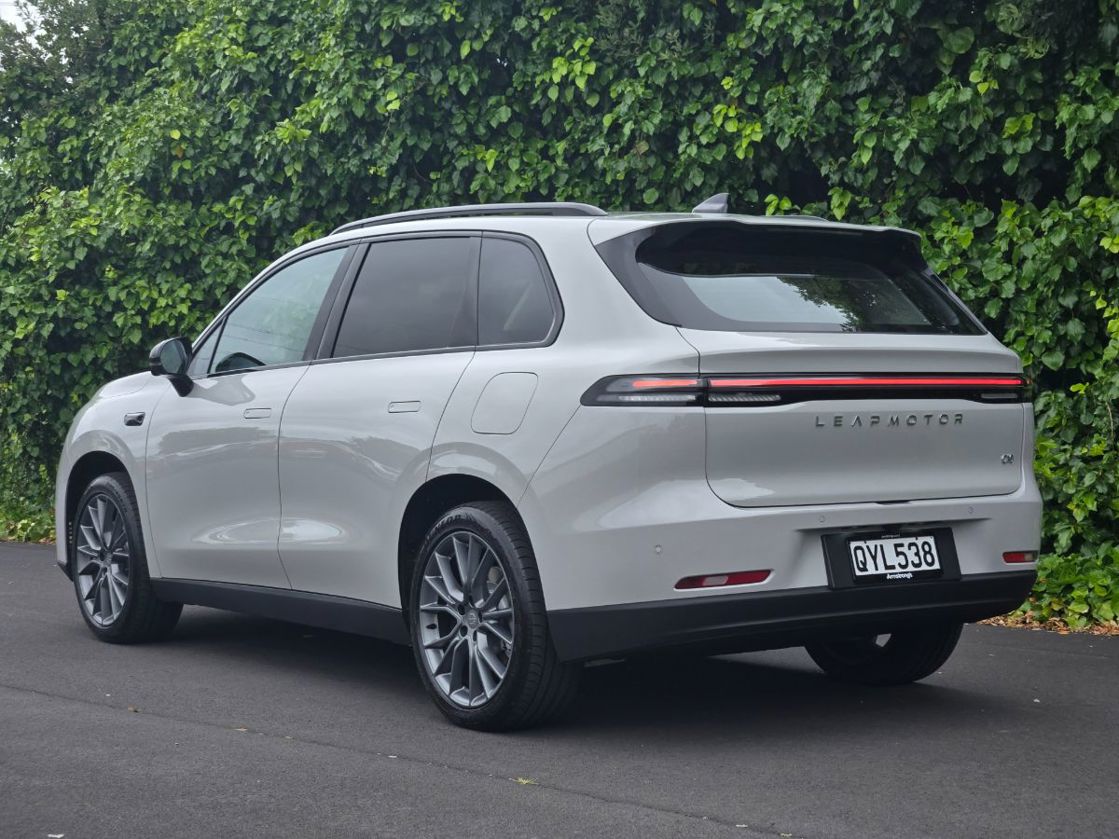
The C10 is relatively light for an EV of this size thanks to clever cell-to-chassis construction (the battery pack is actually the platform of the car) at just under 2-tonnes, so the WLTP range is excellent given the capacity: 420km. We charged it to 100% several times during our week and the “dynamic” range indicator, which adjusts according to the type of driving you're doing, was consistently offering 400km. The maximum charge rat of 84kW won't wow, but it does the trick (Leapmotor claims 30-80% in 30min).
Sport mode is still not… sporty, but it does inject life into the throttle and add some nice weight to the steering.
This seems like a good time to mention that ADNZ is also planning to bring a "REEV" version of the C10 here next year. That's "range extender electric vehicle", meaning it has a smaller plug-in battery (real-world EV range should be in the region of 100km though) and a petrol that generates electric when required for longer-distance driving. Final specifications and price yet to be announced.
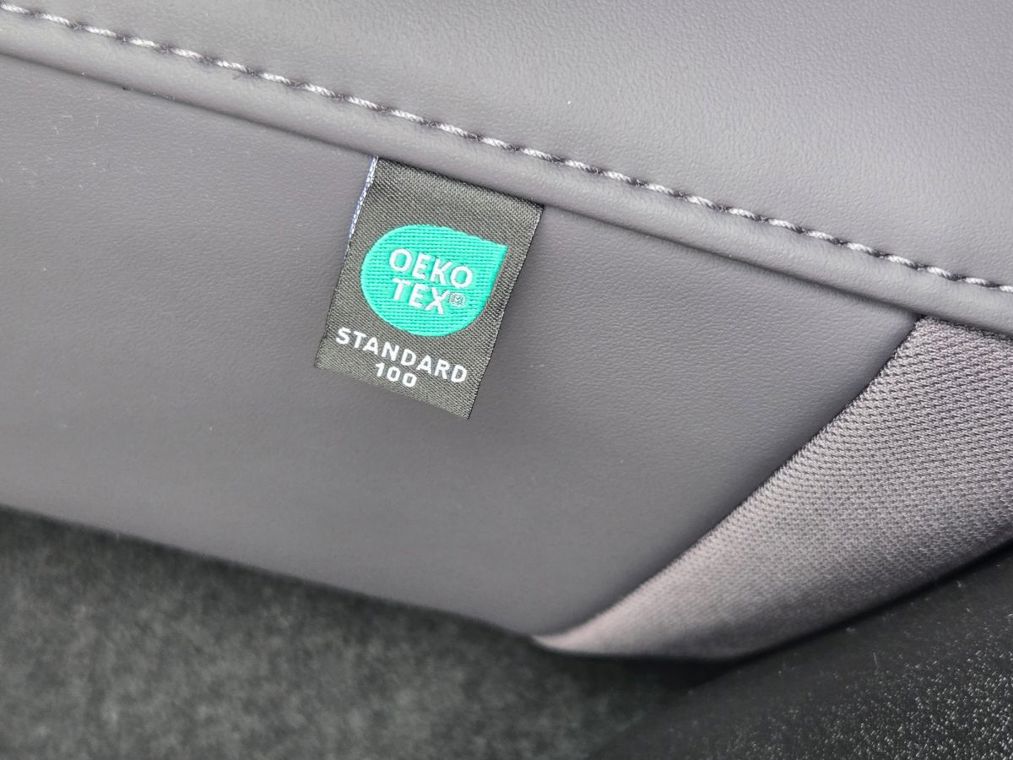
The BEV version is acceptably sprightly, with 0-100km/h in a very respectable 7.5 seconds. But regardless of which drive-modes you choose, it’s always super-smooth and linear. Leapmotor is very firm on the C10 being a day-to-day family car, not a sporty SUV.
But about those modes. It irks that the car defaults to Eco on startup, because the car is genuinely quite lethargic. For normal driving, Comfort or even Sport are ideal. Sport is still not… sporty, but it does inject life into the throttle and add some nice weight to the steering.

So as soon as you start up, you have to select the drive-mode menu and change the setting. There are no physical buttons in the cabin save the apologies-to-Tesla scrollers on the steering wheel (which do different things in different menu settings), but the main infotainment screen does have a swipe-down function, similar to a mobile phone, that reveals a bunch of shortcuts, including those drive modes. Even if you do have to delve into the main screen, it’s all pretty well organised and intuitive.
The chassis is very soft indeed and the C10 rolls a lot on typical NZ winding roads. But the suspension is also well-controlled, which means the car maintains stability over annoying mid-corner bumps and broken surfaces.
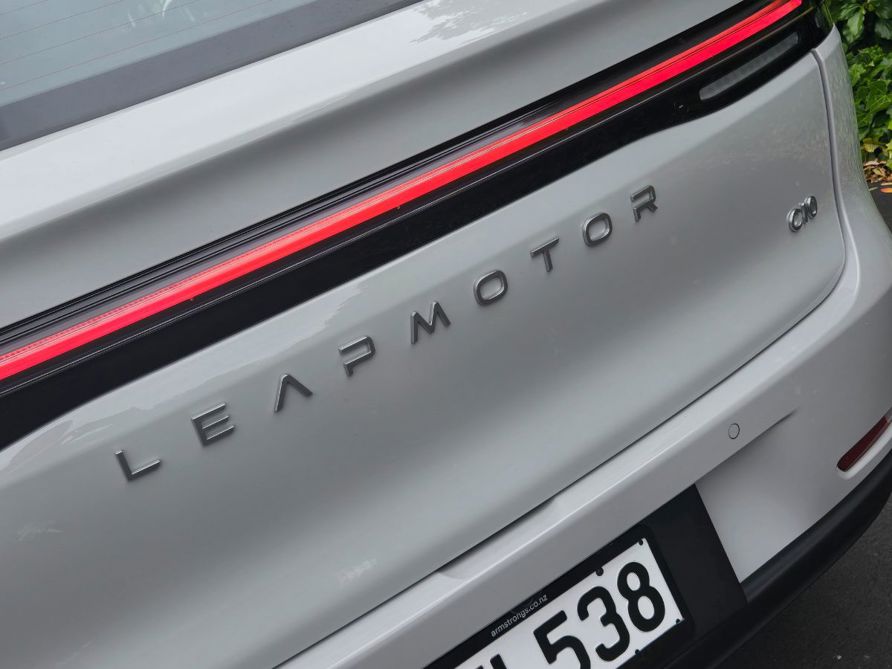
Leapmotor says Maserati (a sister Stellantis brand, of course) helped tune the suspension, which just sounds like a bit of convenient name-dropping, but there’s definitely a sense of some legacy-brand expertise in the way the car keeps its cornering cool.
The advanced driver assistance systems (ADAS) are pretty over the top, though. This is not unusual in new cars, but the C10 has it pretty bad. The driver-distraction system is hyper-sensitive; you cannot wear sunglasses without getting yelled at and told to remove your, ahem, hat. The tiredness alert will go off within minutes of starting a journey and the proximity warning seemingly cannot cope with narrow suburban roads or unusual road markings. There are 17 different ADAS functions in the C10 and a lot of them are pretty annoying.
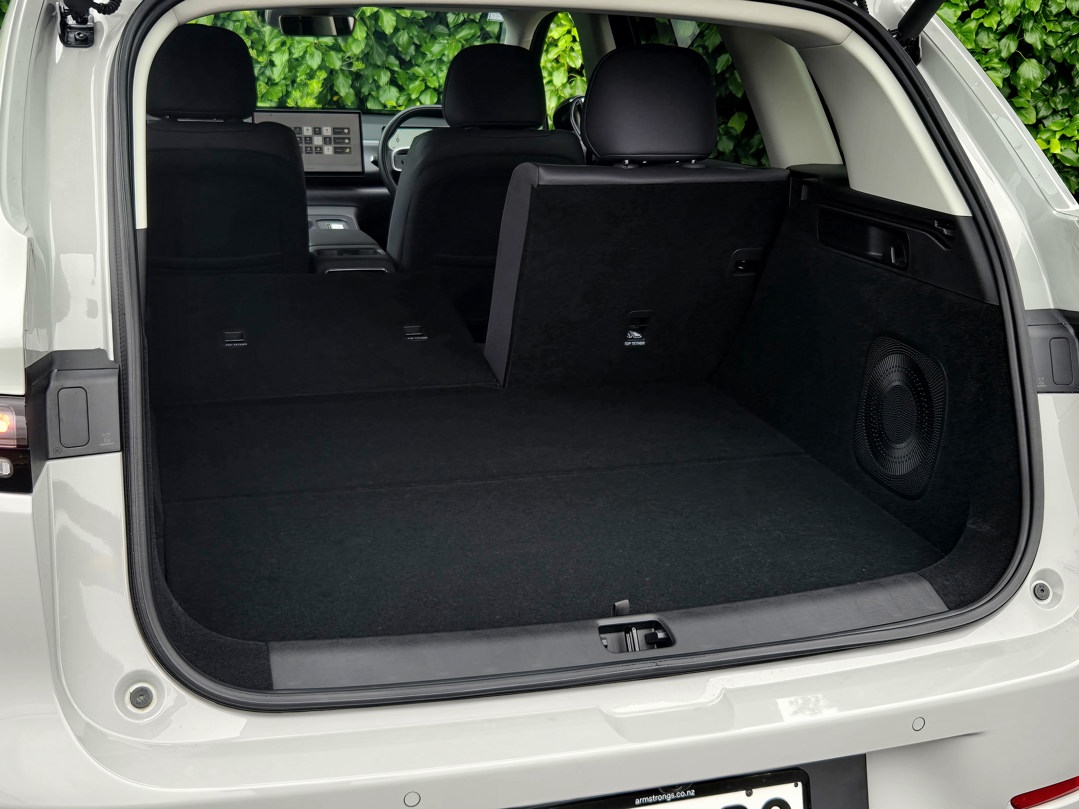
To be fair, Leapmotor is far from alone in this, especially among Chinese brands, and a suite of ADAS functions that activate on startup is needed for the maximum NCAP/ANCAP safety rating.
You can switch everything off individually; we found ourselves doing just that for the handful of functions that really irritated. But it’s a laborious process, having to do it every single time you drive.
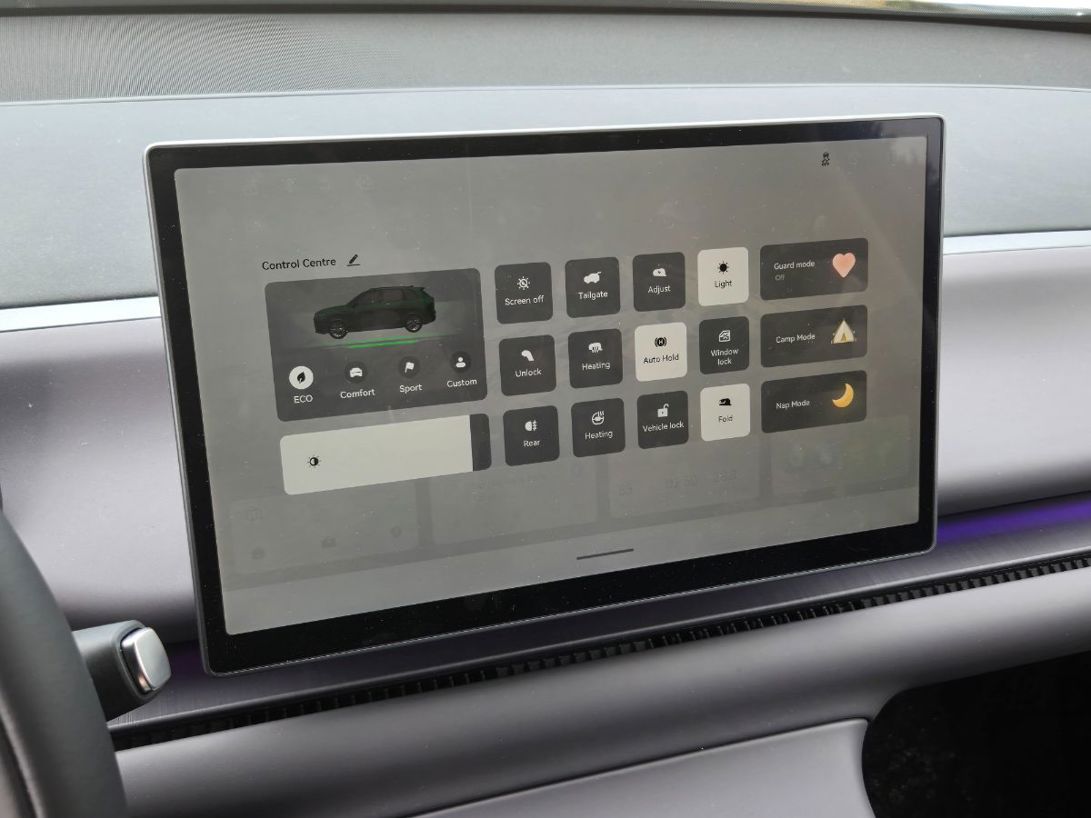
ADNZ says it’s well aware of these shortcomings as they relate to local driving conditions. It’s in the middle of a workaround with the factory, which might be something as simple as a shortcut function to select your preferred settings when the car is started. Once configured, that change can be implemented by an over-the-air update, of course.
With the ADAS chaos quelled, the C10 has the potential to be a striking-looking, super-spacious and really quite practical family SUV. The good news is that the local team is leaping (sorry) into action.














